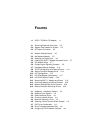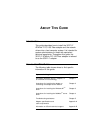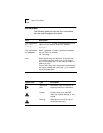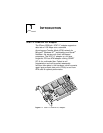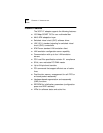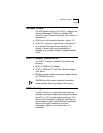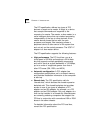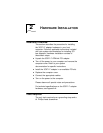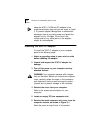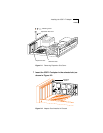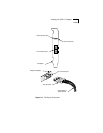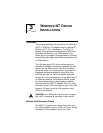
1-4 CHAPTER 1: INTRODUCTION
The PCI specification defines two types of PCI
devices: a target and a master. A target is a device
that accepts commands and responds to the
requests of a master. The master, or bus master, is a
more intelligent device that can conduct processing
independently of the bus or other devices. A bus
master device shares the bus with the main
processor and targets. Bus mastering allows a
peripheral device to take control of the system bus
and not rely on the central processor. The 3C971-F
adapter is a bus master device.
The PCI specification supports the following features:
■ High performance. The PCI local bus runs at a
clock speed of 33 MHz and employs a 32-bit data
bus that supports multiple peripheral components
and add-in cards at a peak bandwidth of 132 MBps,
up to an order of magnitude greater than that of
other PC buses (ISA, EISA, and MCA).
■ Automatic configuration. A PCI adapter has
configuration specifications set in on-board memory
and provides installation information to the computer
at start-up.
■ Shared slots. The PCI specification calls for
“shared slots,” which denotes the shared expansion
backplate slot. This shared backplate slot provides
access to one of two types of adapters: a PCI
adapter and an ISA adapter, for example, or a PCI
adapter and an EISA adapter. Only one adapter at a
time can be installed in a shared slot. Manufacturers
are currently producing computers that support the
PCI bus in conjunction with conventional ISA or EISA
buses in the same chassis.
For detailed information about the PCI local bus,
consult the PCI specification.




